Happy New Year everyone, and welcome to the first episode of the Martin Bailey Photography Podcast for 2009. Today we’re going to look back at my personally selected top ten images of 2008. I’ll talk a little about why I like each of them as well, so let’s jump right into it.
So, as usual it was pretty tough to identify ten images from the year that I really like. My first cut, literally just going through Lightroom just hitting the B button on my keyboard to add my favourites to a Quick Selection, gave me a batch of around 50 images right off the bat. Another run through that batch reduced it to 25, but then it started to get really tough. I find this encouraging though, as fifty significant images in one year is pretty good. That’s a rate of almost one a week, so I’m relatively happy with myself here. Anyway, further very difficult decisions including a lot of advice from my art director, read wife, resulted in a list of eleven images. The one that I cut from this eleven was image number 1974, which was the Chinese Soldier that I shot a portrait of during a trip to China in November. I love this photo, and really wanted to include it, but decided to remove it and leave only nature photos in the final selection. A move that I am already being questioned on from people that follow me on Twitter and saw a link to my Top Ten a few days ago, but the decision is made now, and I do really like my final cut of entirely nature photos. Note too that I am going to go through these chronologically, and not in the order of how much I like the images. The final cut was difficult enough without confusing matters any more.
So, the first image is number 1668. This was shot on a trip to the Tatsusawa Falls near Inawashiro, on January 4th, so I’d gotten off to a good start in 2008. You may recall that I mentioned these falls and we looked at this image in episode 120. I’d included a recording of myself trudging through thick snow to get to these falls, as the road was too thick with snow for even my 4WD SUV to get through. I had turned on Highlight Tone Priority on the 1Ds for this, and was convinced that the depth of the blacks in the rocks under the water in this shot was down to how the 1Ds had shifted priority from the dark areas to the light end of the spectrum, but as I’ve shot through the year, I’ve not seen this again, so I’ve started to think more than this was maybe just a fluke of the light, and that I got a little lucky here. I had of course been very careful with the exposure, and I haven’t had to play with this in Post Processing to make it look the way it does. I’d also I think used the Singh-Ray Variable ND filter here to give me a long shutter speed of 8 seconds, which helps to give that incredible silky look of the water flowing over the rocks, and probably helped to deepen the blacks as well. It turns out that I wasn’t all that impressed with the rest of the shots of the full falls in the snow, and this was the only shot from the day that remained a favourite, but I’ve kept coming back to it throughout the year. If I had to prioritise, I’d say this was in my top three.
Next up, is another shot from January, which I actually shot during our Hokkaido Workshop, and it is image number 1704. This shot has also come up in one or two Podcasts throughout the year, and has been my best selling print this year. It looks absolutely gorgeous on Hahnemuhle Museum Etching Fine Art paper. The texture of the paper adds to the texture of the snow, and makes for a stunning artifact, even if I dare say so myself. This was shot at F11 for 1/250th of a second, at ISO 200, and I was very conscious to maintain the brightness of the scene. The whole place was covered in frost and the mist rising from the river was dreamlike and captivating. I’ll never forget this, and then in the distance, the reason for me releasing the shutter at this particular time was the crane, dancing with a partner. The partner can be seen rearing up, ready to jump too, but they didn’t jump together, and so I got the solo dance in my final image.
We actually move forward in time now by around 5 months, to image number 1816. Another waterfall shot, This is Ootaki, or Big Falls, literally, in a small town called Tateshina in the Nagano Prefecture. I posted a number of shots from these falls, but this remains my faourite because of the way the water flows into and then out of the shot, with a definite path to flow through, although the small stream of water in the bottom right is not the main route for the water. We can see the main route to the left, but that, for me at least, kind of goes unnoticed with this composition. I love the texture of the water, rendered how it is with a 1/5th of a second exposure, not as fast as to freeze the water, but not slow enough for a totally silky flowing look. I also love the vibrant spring greens in this shot. It is complete image and composition in my opinion.
Another big jump in time now, almost three months to the end of September, for image number 1914. I have hacked the hell out of my iPhone with a red silicon cover and all transparent buttons, just so that this photo can be my permanent wallpaper, and I just love it, all centered around this image. Of course, the reason I chose this shot, is because I also just love the shot. The reds really pop, and I’ve used my usual wide open aperture to minimize depth of field, to isolate the single red equinox flower that I positioned against the trunk of the tree to make that pop too. This was shot with the 300mm F2.8 lens. I’ve mentioned before, that one of the main reasons I picked up the 300mm F2.8 was to shoot shots like this. I love to single out small areas of flower beds in this way, with wide open apertures, but the areas that need to be sharp, tack sharp. This is one of the best examples of that. Before we move on, note too that I positioned the equinox flower and the tree trunk on the left third, and the second tree trunk along the right third of the shot. The equinox flower itself is on the top left third intersection. The rule of thirds is still a very powerful compositional tool, and not to be underestimated in any way. Centuries of artists, even from well before photography was invented, can’t be wrong.
In image number 1935, we have a second example of using the 300mm F2.8 to isolate a small part of a large scene, with very shallow depth-of-field. Whereas the last shot was taken with the aperture totally wide open, for this, I stopped down two clicks to F3.5, as I wanted to get that dragonfly entirely in focus. I also find that F3.2 or F3.5 still usually give me the look I’m after so tend to use these apertures a little too, especially with the 300mm, but it is definitely not to sharpen up the image at all. It’s as sharp as anything I’ve used, even wide open at F2.8. This was shot at the end of the same day as the last shot too, incidentally. What I like about this is that we have the added element of the dragonfly in there, kind of peering out over his domain at the end of a busy day. The sun had gone down below the mountains at this point, but was still high enough to be creating a bright sky, which helped to create this atmospheric image. As usual I was careful to position all of the elements in my bokeh, or the out of focus areas of the shot, like the purple cosmos flower in the top left and the pale pink one in the bottom left. I also positioned the white cosmos along the right side, but the final element of interest that probably makes this a favourite, in addition to the dragonfly, is the butterfly near the right edge, hiding in the bokeh. I also have to admit, that I had not even seen this little guy when I shot the photograph. He’s not there on any of the others either, so he really has just flitted in and out of the scene momentarily, to make my photograph just that little bit better.
Next, let’s look at an image that I haven’t made much of a fuss about, but which has remained a favourite, and that is number 1943. This is another one of my flowerscapes, this one, with a very country garden feel to it. This one has remained a favourite, because of the simple-complexity of the image. Now, I know you are all sitting there right now thinking what the hell is he talking about. Simple-complexity!? What I mean by this is that there’s a lot to look at, but on the whole, it’s very simple. There are various types of grasses, intermingling, and the two main white cosmos flowers set in there. Then, there is the blotches of white from other cosmos flowers in the distance. I positioned my camera though so that the two foreground flowers had plenty of green behind them, not white, and also this allowed me to position the line of foliage in focus against a predominantly darker green background. This helps us to take both the foreground and background element for what they are, without over complicating things. What I also like about this shot is how it gets quite dark towards the bottom of the frame, helping to give us a good solid base. As I recall shooting this, I also get nice memories of a warm October afternoon, just sitting on the ground with my tripod set up around my legs, and just playing with the compositions through the viewfinder, using the 70-200mm F2.8 lens. This was like heaven for me on a lazy afternoon. I can think of few better ways to spend time, at least one’s that I can talk about on a family Podcast.
On the last day of November, I shot image number 1997, with David Lee, an MBP community member’s 14mm F2.8 II lens. Even while looking up at this image on my LCD with LiveView, as I pushed the camera up between the trees on my tripod, and released the shutter with my cable release at full stretch, I knew it was going to be a favourite for the year. The colours, and the amazing perspective that the 14mm afford us is really helped to make this shot something special, for me at least. With a pretty slow shutter speed, at 1/20th of a second, it is still remarkably sharp, but I guess we’re under the rule of thumb of using the focal length as the minimum shutter speed for non-Image Stabilized lenses, so it all turned out good.
As I settled on my top ten images for 2008, it was a little surprising to me that 6 of the images were actually three pairs of images that I shot on the same day. The sea of red equinox flowers and the dragonfly in the cosmos were shot on the same day. This shot was shot on the same day as the next one we’re going to look at, and the last two images were also shot on the same day. I don’t know if this is related to getting into the zone as they say, but I’m wondering if I am reaching a certain level of creativity while in the field, that helps the images just seem to flow more freely. I’m going to have to keep my eye on this little phenomenon, to see if there’s anything in this.
The next image, shot roughly an hour after the last one, is number 2000. I just love the colours reflected in the water here, and the separation that we get from the simple foreground red pine needles that take up only a small portion of the screen, compared to the relatively large area of out of focus image. The water does get slightly more focused as we get to the bottom of the frame, obviously being closer to the camera, but the objects reflected in the water are far away, and retain a slightly dreamy bokeh feel. The banks of the pond add a nice central element, and the trunks of the trees, and their reflections frame the left side of the shot for us. This image actually started out being a quick shot before I changed the lens, to get more of the scene in, but after changing, I realised that the tight crop worked better, which was not that surprising, as I continue to maintain that getting closer is the best way to make a shot more powerful. This is no exception.
So, I said in the last episode that I was not going to select my top ten images, as there was a few days of 2008 left, and I had photography days in my scopes. Well, I proved that it ain’t over until the fat photographer sings, with the last two images that we’ll look at today, both shot on the last day of the year. Ironically, I’d returned to Inawashiro, which is where I’d shot the falls on the 4th of January, that we looked at first today. I was back at the lake that gives the area it’s name, and shot image number 2058. This is a really quite simple image, and as Landon pointed out a few days ago in a comment against this image, it’s a far cry from the brightly coloured images that make up a lot of the rest of my selection. Like the Distant Dance image though, I love to immerse myself in a snow covered icy landscape, and that is what I’d done here. I actually recorded some audio shortly before and just after dawn on this day, and I’m hoping I can include that in a Podcast soon to give you more details on the shoot, but I’d basically spent the last few hours of the previous day, and the first half of December the 31st on the beach of this lake, shooting in the driving snow. I was mainly photographing the swans and the pintail ducks that live here, but before I left, I wanted to get a shot of this lone tree that was just sitting on the beach in the snow, waiting to be photographed. It’s difficult to see the driving snow in the Web version, but if you look close, you can see that the snow is driving across the scene almost horizontally. I had sat in the snow, happy to be wearing quilted trousers, and I opened the legs of my tripod to the second notch, so that they were much wider than usual, to help me combat the wind and keep the camera nice and steady. I shot a number of images, some including ducks flying by, and there’s another one that I upload that has three swans flying above the tree, but I like the simplicity of this cut, and so selected this over the swan version. The detail is amazing, and I had paid attention to the formation of the waves, to add a little drama.
Twelve minutes later, I was hand-holding, still with the 70-200mm F2.8 lens, and had shot a few images of the swans flying through the dramatic landscape, which are also uploaded, but then I noticed more light behind me than had been their until then, and as I turned around and shot image number 2061. There was literally just a few moments when the clouds raised from the surface of the lake, to show a bit of brightness and detail in the far shore of the lake, and right at that time, six swans were flying over to their roosting ground. I got one shot, and luckily I’d nailed the focus on the swans, and I was still at F11, so the depth-of-field was enough to get the distant shore in focus too. I only shot a handful of other photos after this, and then decided to go back inside to my wife who was patiently waiting, having fed the pintails four bags of bread. I was determined to not push my luck too far during this trip, as I’d brought my wife along for a break. I’d left her in bed for the dawn shoot though, so I was feeling happy with my crop of images for the day, and so, we took a steady drive back to Tokyo not long after this. Finishing a great day, and in many ways, a great year.
So, that’s it. My 2008 top ten. I hope you enjoyed looking at them with me. As I say, I’ll bring you more details of the shoot from which I selected the last two images within the next few weeks.
Please remember that the voting for the Portraits assignment is currently in progress. You need to be a member at mbpgalleries.com to vote. This is a different account to the main web site but once you have created that account if you don’t already have one, just log in and look for the vote buttons above the images in the assignment gallery. You will be able to vote until the end of Sunday the 11th of January, so please take the time to do so. It’s an amazing gallery again. I actually ended up drawing too much attention to the two images that I had considered uploading, so at the end of the day, didn’t upload anything myself. Shame on me, I know.
Anyway, let’s call it a day for today. I’ll be back next week, to announce the winner of the assignment, and set the stage for the next one. For now, you have a great week, whatever you’re doing. Bye bye.
Show Notes
Music by UniqueTracks.
Subscribe in iTunes for Enhanced Podcasts delivered automatically to your computer.
Download this Podcast in MP3 format (Audio Only).
Download this Podcast in Enhanced Podcast M4A format. This requires Apple iTunes or Quicktime to view/listen.

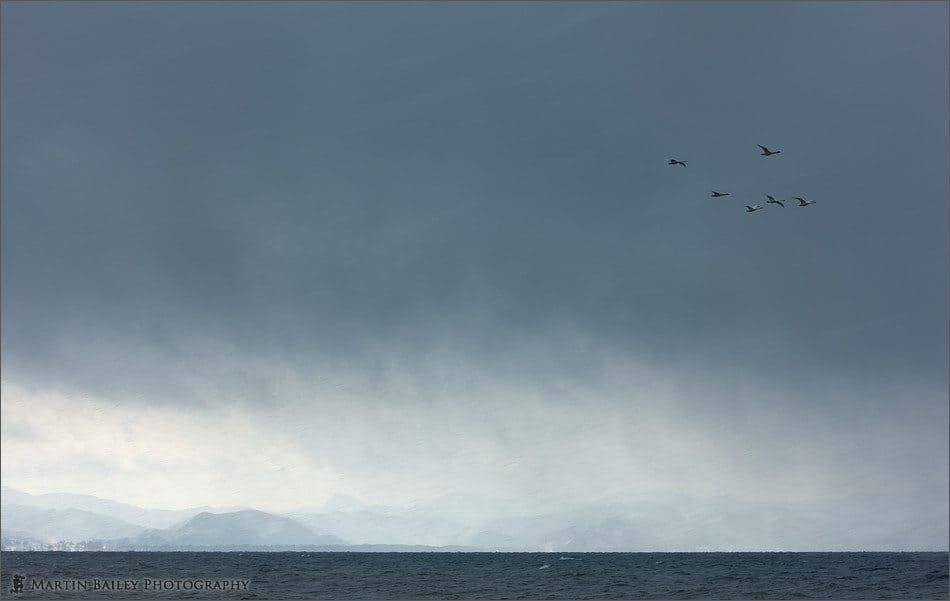
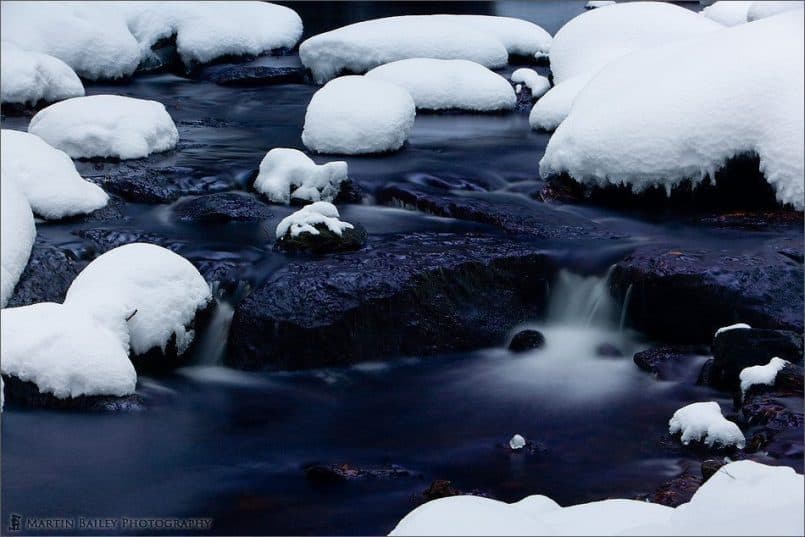
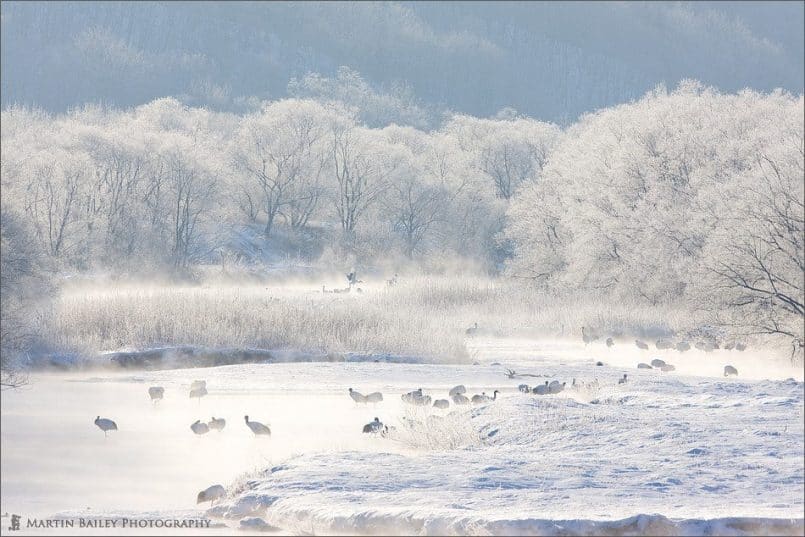
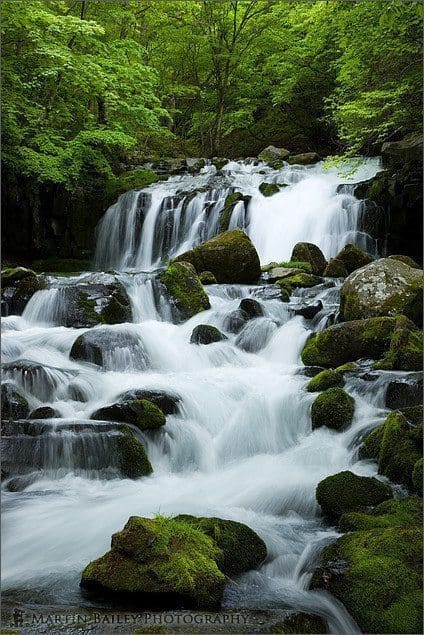


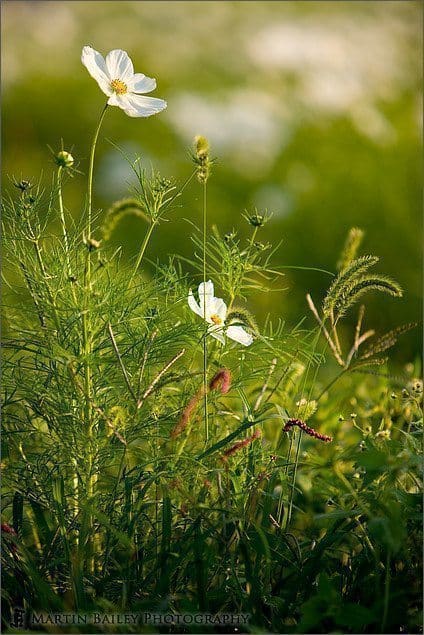
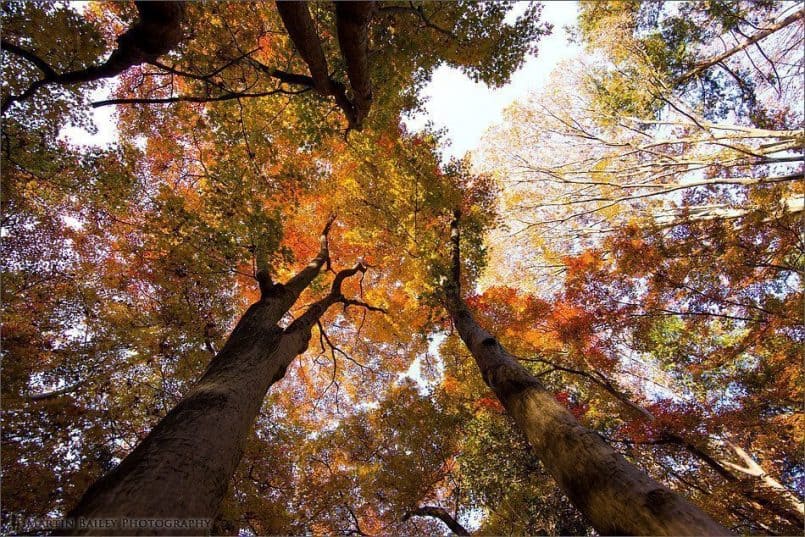
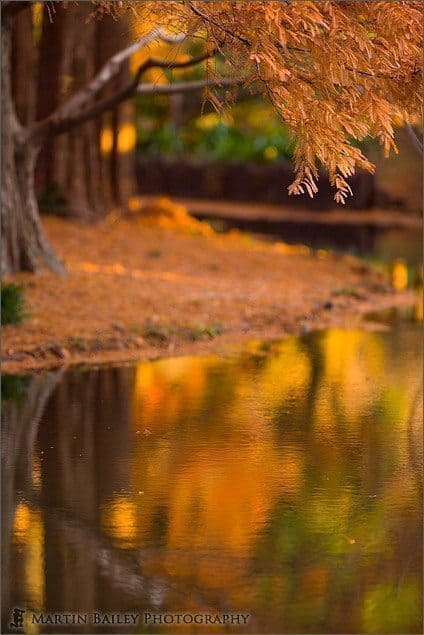
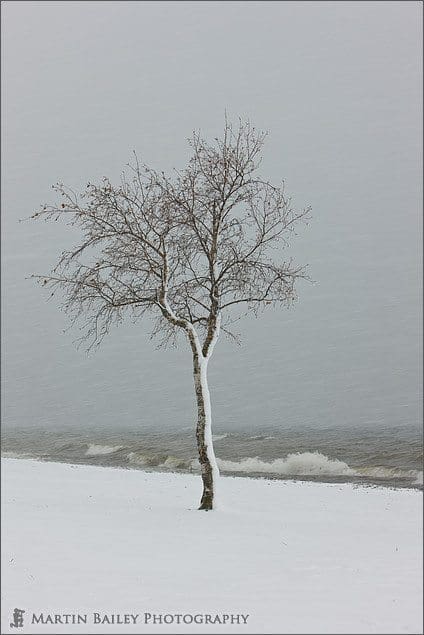
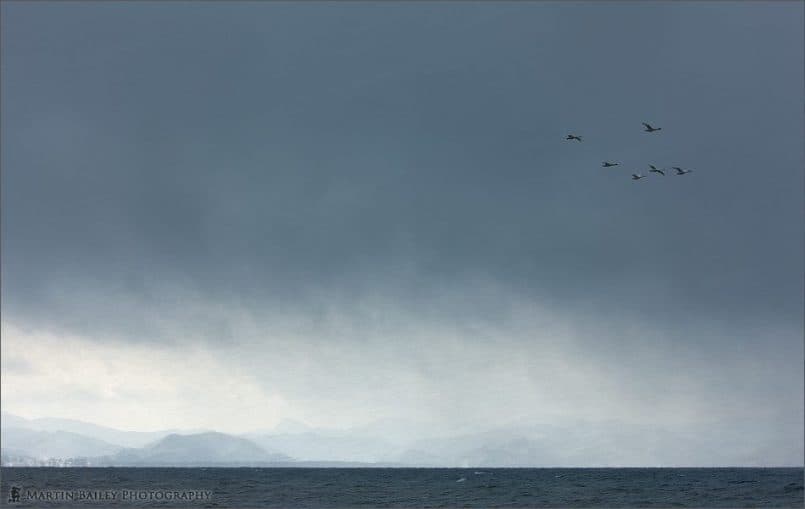

0 Comments